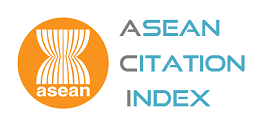The Determinants of Child Labor Participation in Indonesia: A Multilevel Approach
Keywords:
child labor, multilevel binary logistic, child’s protection, poverty, children’s rightsAbstract
The existence of child labor is an indication that children’s rights have not been protected and fulfilled. This study aims to analyze the individual, household socio-economic, and regional contextual factors that influence child labor participation in Indonesia. By finding various factors that cause child labor, the study contributes to helping policymakers take appropriate steps in eliminating child labor. The study uses data from Statistics Indonesia’s National Socioeconomic Survey of March 2020, covering 345,000 sample households spread across 34 provinces and 514 districts/municipalities throughout Indonesia. This paper also includes other secondary data from Statistics Indonesia’s official publications for regional contextual variables. Using multilevel binary logistic analysis, the results of this study indicate that individual, household socio-economic, and regional contextual factors have effects on child labor participation in Indonesia. One significant finding of this study is that 73% of the variation in child labor force participation in Indonesia is influenced by differences in household socio-economic characteristics.
Downloads
Published
How to Cite
Issue
Section
License
The submission of a manuscript implies that the paper is an original work and has not been published elsewhere. The author(s) authorize the journal to reproduce or distribute the paper in printed or other electronic forms.







